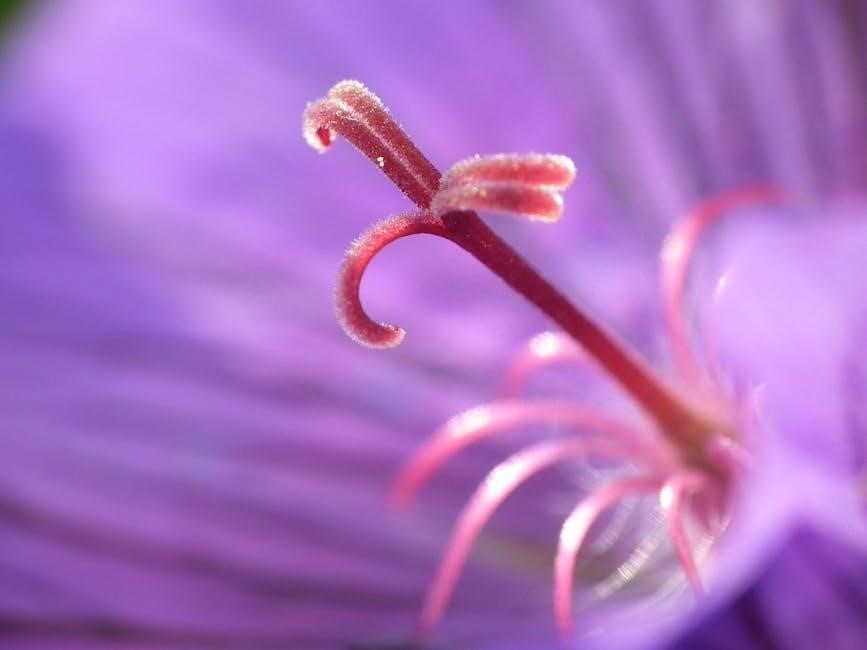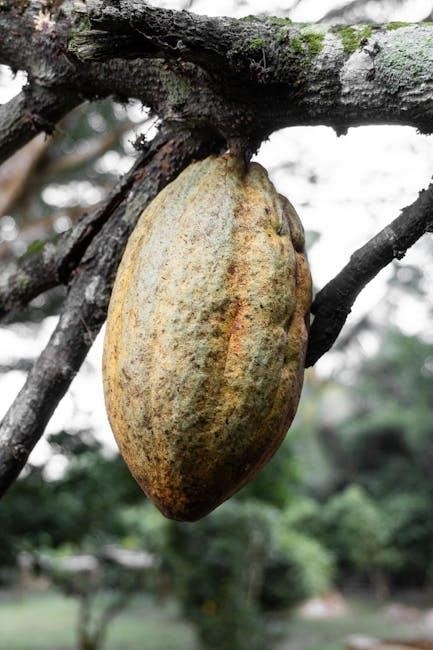The Central Texas Planting Guide is a valuable resource for gardeners, providing information on vegetable planting and care, with a focus on the region’s unique climate and soil conditions naturally.
Understanding the Climate and Soil

Vegetable Planting Categories
Warm Season, Cool Season, and Perennials/Oddities

Using the Vegetable Planting Calendar Guide
Using the guide involves clicking on monthly tabs and viewing temperature ranges for soil to determine planting times.
Monthly Garden Pages and Temperature Ranges
The monthly garden pages provide a detailed overview of the planting schedule, including temperature ranges for the soil. This information is crucial for gardeners to determine the best time to plant their vegetables. The temperature ranges are listed for each month, and gardeners can use this information to plan their planting schedule accordingly. The monthly garden pages also include other useful information, such as the average crop height and days to maturity. By using the monthly garden pages and temperature ranges, gardeners can ensure that their vegetables are planted at the right time and have the best chance of success. The guide is designed to be user-friendly, with easy-to-read tables and charts that make it simple to find the information you need; Overall, the monthly garden pages and temperature ranges are a valuable resource for gardeners in Central Texas.

Resources for Central Texas Gardeners
Useful links and guides are available for gardeners to access online resources naturally always.
Williamson County Vegetable Planting Guide and Vegetable Varieties
The Williamson County Vegetable Planting Guide is a comprehensive resource for gardeners, providing information on the best vegetable varieties to plant in the area. This guide is specifically designed for the Central Texas region, taking into account the unique climate and soil conditions. The guide includes a list of recommended vegetable varieties, as well as planting dates and tips for care. Gardeners can use this guide to plan and maintain a successful garden, with a focus on producing a wide range of delicious and healthy vegetables. By following the guide, gardeners can ensure a bountiful harvest and enjoy the benefits of homegrown produce. The guide is available online, making it easily accessible to gardeners in Williamson County and surrounding areas, and is a valuable tool for anyone looking to start or maintain a garden.

Native and Adapted Plant Guide
Native plants are ideal for Central Texas, requiring less water and care, with the Lady Bird Johnson Wildflower Center providing a list of recommended species naturally always.
Grow Green Native and Adapted Plant List by Region
The Grow Green program provides a list of native and adapted plants suitable for Central Texas, categorized by region, to help gardeners make informed decisions.
The list includes a variety of plants, such as trees, shrubs, and flowers, that are well-suited to the local climate and soil conditions.
These plants require less water, maintenance, and care, making them ideal for gardeners in the region.
The list is available as a PDF download, making it easily accessible to gardeners.
The program aims to promote sustainable gardening practices and reduce the environmental impact of gardening.
By using native and adapted plants, gardeners can create beautiful and thriving gardens while also conserving water and reducing waste.
The Grow Green program is a valuable resource for gardeners in Central Texas, providing them with the information they need to create sustainable and environmentally friendly gardens.
The list is regularly updated to include new plants and to reflect changes in the region’s climate and soil conditions.
Additional Resources from Texas A&M AgriLife Extension
Texas A&M AgriLife Extension offers a range of resources to support gardeners in Central Texas, including fact sheets, guides, and online courses.
The extension service provides expertise on various topics, such as soil management, pest control, and irrigation.
Gardeners can access these resources through the extension’s website, which features a wealth of information on gardening and landscaping.
The extension also offers workshops and seminars, where gardeners can learn from experts and network with other gardeners.
Additionally, the extension publishes a newsletter that provides updates on gardening news, tips, and events.
These resources are designed to help gardeners succeed and make informed decisions about their gardens.
The extension’s resources are available to anyone, regardless of their level of experience or knowledge.
By utilizing these resources, gardeners can improve their skills and create thriving and sustainable gardens in Central Texas.
